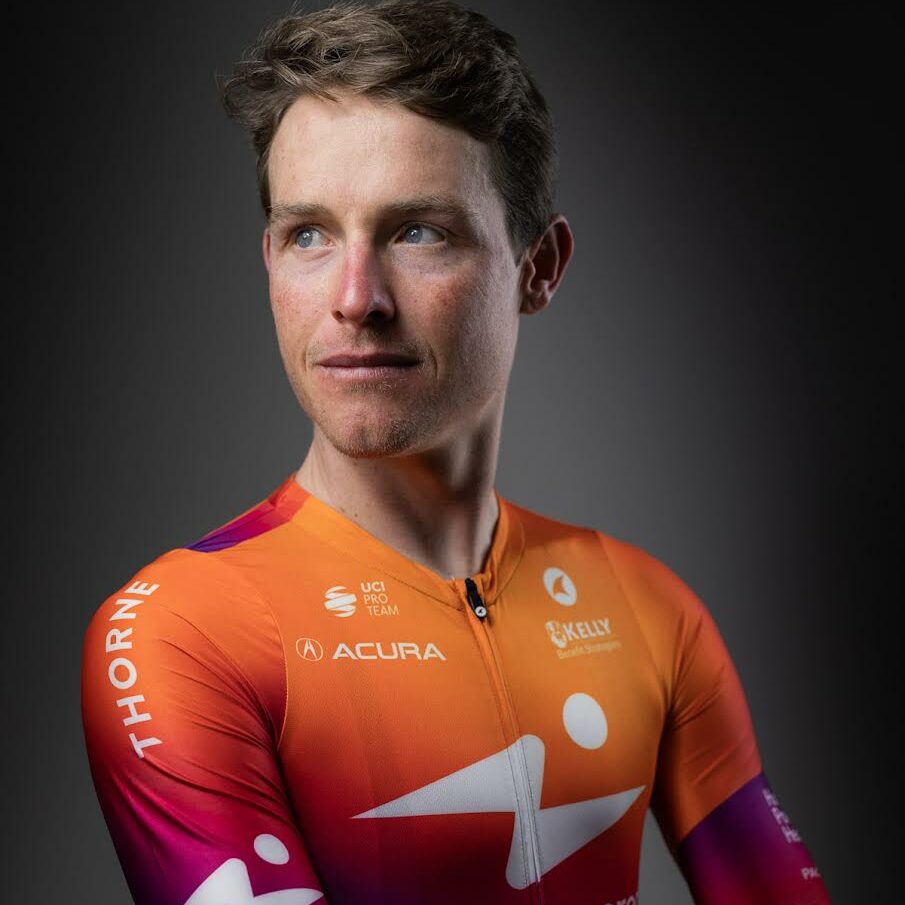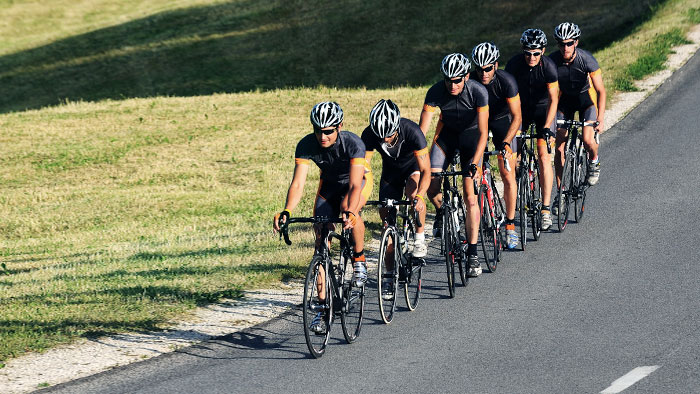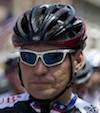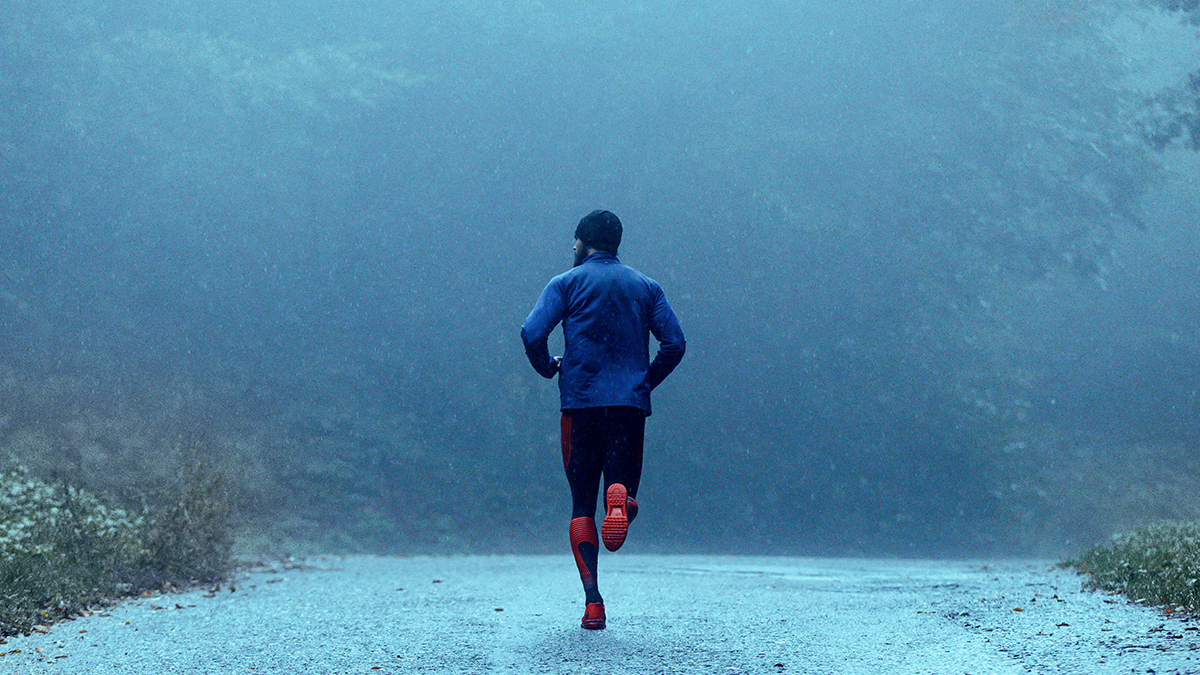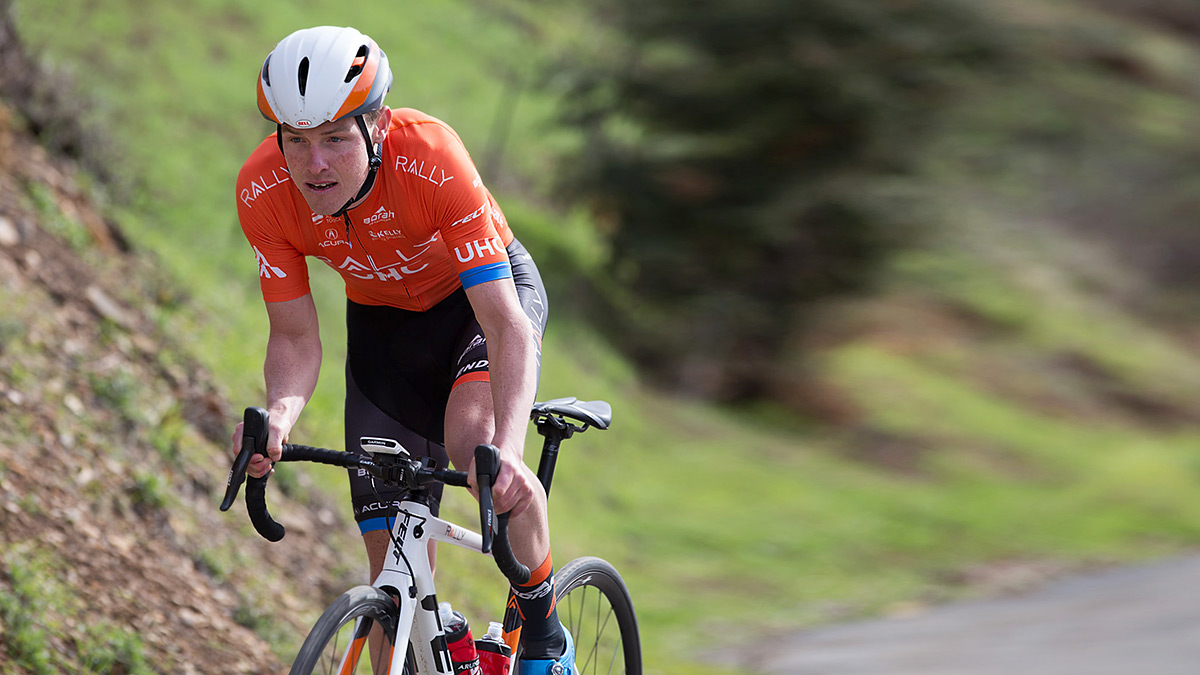Photo by Tristan Cardew for Human Powered Health
If you follow road cycling, you’ve probably noticed that December and January are filled with headlines from team training camps as riders prepare for the first races of the season. While some of the reasons behind the camps are logistical (to distribute bikes and equipment) and social (to meet teammates and staff members you might not see all year), the main reason behind training camps is to physically prepare the riders for the demands of the racing season.
Transitioning From Zone 2 to the Sweet Spot
Most athletes’ primary winter training focus is building an aerobic base. Even for seasoned professionals, this is one of the most important times of the year to focus on Zone 2 training. After an entire season of racing and spending large amounts of time at high intensities, most athletes are tired, and their bodies have begun to break down. They are no longer responding positively to training by this point.
After some rest, it’s time to begin rebuilding the engine by focusing on these lower intensities. Toward the end of the base period, athletes will start to spend more and more time at tempo as well as just below threshold in the Sweet Spot zone to begin preparing for higher intensities and racing. After weeks or months of reaping the physiological rewards of steady Zone 2 and 3 training, it’s time to transition into a building period and prepare for the season. It’s during this time that most riders start heading to a training camp and also the time when a camp is the most beneficial for the rider.
As I transition from base to build phases in training and get within a month of racing, I begin to target more specific and challenging training zones. In the winter months, I’m focusing on spending large amounts of time around my aerobic threshold, or the higher end of Zone 2, and building up large blocks of time at tempo. This 3*60min of tempo was a workout towards the end of an aerobic base block.

Besides the surges within the tempo blocks, the power is relatively steady. Looking deeper into the time in zone here, we can see that a large proportion of the ride is spent in Zone 3.
After completing that workout, I knew I was ready to start progressing into longer Sweet Spot efforts and racking up some time right at threshold. Using TrainingPeaks during this part of the season is extremely valuable to see that I’m spending enough time at the right intensity to induce a positive adaptation.
Group Rides Better Mimic Race Demands Than Solo Rides
One of the principles of training is specificity, and this highlights another important reason for training camps. While steady Zone 2 and 3 rides during the winter make incredible physiological gains for most athletes, they are not at all similar to what happens in a bike race.
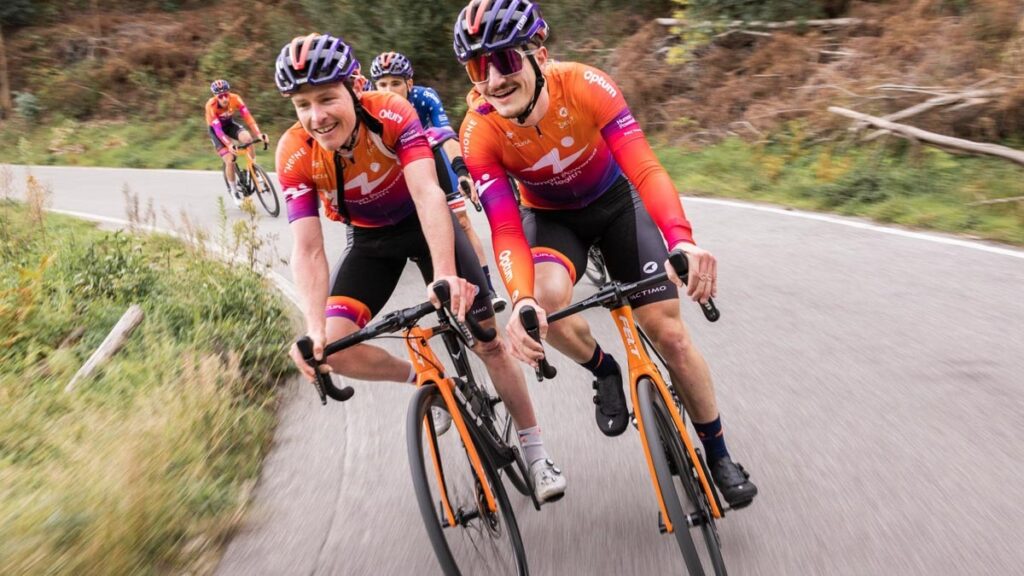
Bike races are typically very polarized in nature, with lots of surges and sustained efforts above threshold followed by periods of coasting or easier pedaling. This varies by terrain and whether or not you’re in the breakaway, pulling in the peloton, or sitting in and conserving for the finish. But no matter the pace and power variability, the output is much larger than one would see during a solo endurance ride.
Here’s an example from this year’s Human Powered Health training camp that had several sets of 6 x 30 seconds in Zone 6, plus 30 seconds in Zone 1/2 sprinkled within a long endurance ride.
It’s obvious from this file that the power distribution in a long endurance day riding in a group is quite different from riding solo. While both forms of training are crucial, this group workout replicates the metabolic and neuromuscular demands of racing better.
Getting Mentally Fit and Honing in on Technique
While less quantifiable, the psychological benefits of a pre-season training camp are equally important. Let’s face it, no matter how much you love riding and training, focused Zone 2 work is mentally taxing. Spending hours on end churning out a steady power output (that for some athletes is close to 300 w at the upper end of Zone 2) is incredibly demanding mentally.
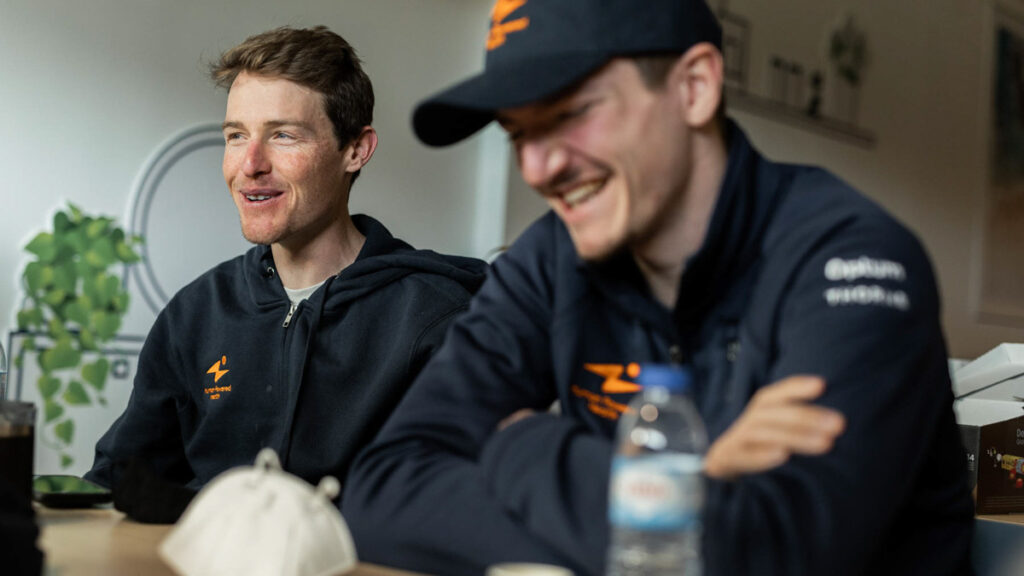
When training camp comes around, most riders are excited to have some company and hopefully better weather than their home base. I’m always shocked to see how many hours we log at camp and the fitness improvements. Mentally, I feel like I’ve been on vacation after a long winter of cold rides in Colorado.
On Human Powered Health, the directors like to incorporate some race-like scenarios during our team camp that provide both the physical intensity of racing and kickstart our racing brains again so we can start thinking tactically. These exercises are both fun and highly effective when used wisely, providing the riders with the adrenaline rush of racing again and trying to think clearly, with their heart rates skyrocketing. Here’s a snapshot of a mock race we had at training camp where three riders were given a 30-second headstart, and the other 10 of us had to work together on a very undulating course to try and bring them back before the finish line.
You can see from the file that we didn’t organize well at the start, and by the time we began chasing quickly, we had lost more time. I made some big surges in the middle following attacks that were maybe a good boost to the normalized power but didn’t quite get us across to the leaders. All-in-all, it was an effective mental and physical training exercise.
Training camps will always be a part of professional cycling, and for good reason. Daily massages, meals prepared, and a complete focus on training and recovery allow riders to train harder and recover better than they can at home. Training camps are also a lot more enjoyable than 30-hour training weeks by yourself.
While a professional-level camp may be out of reach for most athletes, you can apply some of these principles to a more attainable scenario. Consider including group rides or training races as your season approaches, or plan a long weekend getaway with teammates and rack up big miles in the mountains. Remember, it’s okay to race your friends and have fun — even the pros do it!


